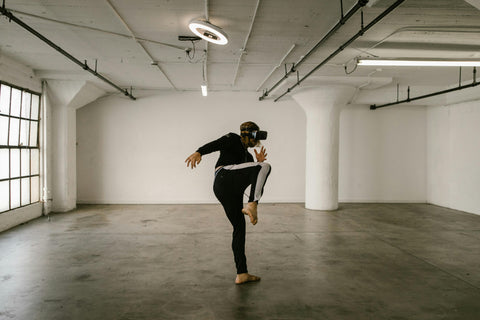
How to Capture Stunning Moon Shots with a Phone Camera Lens Telescope
Capturing breathtaking images of the moon has never been easier, thanks to advancements in phone camera lens telescope technology. Whether you are an amateur stargazer or an aspiring astrophotographer, using a phone telescope can elevate your moon photography.
With the right telescope lens for phone and essential camera lens accessories, you can capture the moon's craters and textures in remarkable detail.
As Dr. Arka Majumdar, a leading optics researcher at the University of Washington, states, “Modern meta-optics have revolutionized compact imaging, making it possible to achieve professional-quality results with smartphone cameras.”
Choosing the Right Telescope Lens for Your Phone
Selecting the best telescopes for phone photography is crucial to achieving sharp and detailed moon images. Many high-quality options include monocular lenses, clip-on telescope lenses, and even digital zoom enhancers.
Research published in Science Advances (Kim & Choi, 2024) highlights how ultra-thin camera systems can enhance smartphone photography without bulky equipment, making phone-compatible telescopes even more effective.

Setting Up Your Phone and Telescope for the Best Shots
Proper setup is key to capturing clear lunar images. Secure your telescope lens for phone with a stable tripod to eliminate shakes. Adjust the focus manually to bring out the moon’s textures.
According to a study in Micromachines (Wu et al., 2023), advancements in miniaturized optics significantly improve image stabilization, making smartphone astrophotography more accessible than ever.
Best Camera Settings for Moon Photography
Maximize your phone’s camera settings for optimal results. Reduce ISO to minimize grainy noise and increase the shutter speed to prevent overexposure. Using a specialized camera lens accessory, such as a neutral density filter, can also help control brightness.
Research in ACS Photonics (2023) discusses how smart lens technology enhances contrast and clarity, making it easier to capture celestial details with a smartphone.

Overcoming Common Challenges in Moon Photography
One of the biggest challenges in moon photography is achieving sharpness and clarity. Atmospheric conditions, handshakes, and phone sensor limitations can affect image quality.
A study published in Advanced Science (Kim et al., 2023) explores how precision optics help counteract distortions, making it possible to capture sharper lunar images with compact devices.
Astrophotographer and optics engineer Johannes Fröch explains, “The key to great moon photography is understanding light and motion—learning to adjust your settings based on conditions will make a huge difference in your results.”

Enhancing Your Moon Shots with Post-Processing
Editing your moon images can enhance details and correct exposure. Use apps like Snapseed or Lightroom to adjust sharpness, contrast, and brightness.
A study from Science Advances (Majumdar et al., 2023) highlights how hybrid meta-optics improve imaging efficiency, which can be further refined with post-processing techniques.
Lets Start Capturing the Moon
With the right phone camera lens telescope, patience, and technique, anyone can take stunning moon shots. Combining the latest advancements in optics with practical settings and post-processing will bring out the best in your images.
As technology continues to evolve, smartphone astrophotography will only get better. Now, it’s time to step outside, set up your phone camera lens telescope, and start capturing the beauty of the moon!
About the Author

Isla Douglas
Isla Peterson is a seasoned travel writer known for her immersive storytelling and vivid descriptions. Beyond her writing, she is passionate about sustainable tourism and responsible travel, inspiring readers to explore the world thoughtfully. When not writing, Isla enjoys hiking, photography, and culinary adventures.



